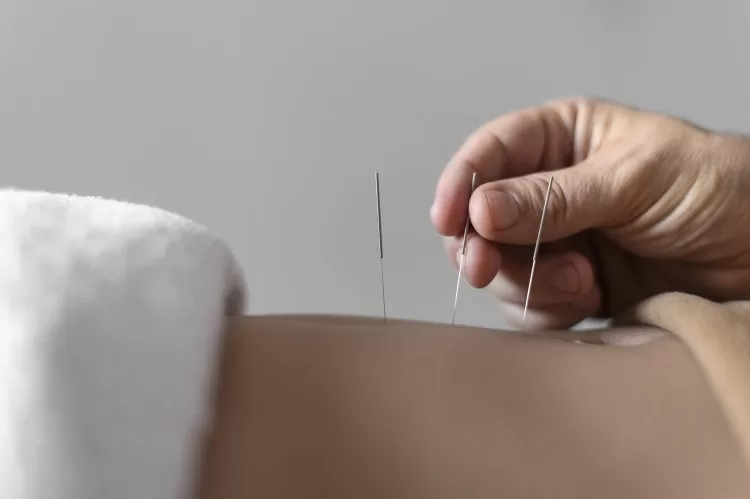Can Acupuncture Relieve Sciatica Pain? A Guide for You

Can Acupuncture Relieve Sciatica Pain? A Guide for Americans
Sciatica is a common condition that affects millions of people worldwide, and it can be a debilitating one. It occurs when the sciatic nerve, the longest nerve in the body, is irritated or compressed. This can cause pain, numbness, and tingling in the lower back, buttocks, and legs.
There are many causes of sciatica, including herniated discs, spinal stenosis, and bone spurs. Sciatica can also be caused by pregnancy, trauma, and overuse.
Treatment for sciatica typically involves medication, physical therapy, and rest. However, some people find that these treatments are not effective enough or that they have side effects. In these cases, acupuncture may be a helpful option.
Acupuncture is a traditional Chinese medicine practice that involves inserting thin needles into specific points on the body. These points are believed to be connected to the body’s energy meridians, or channels.
Acupuncture for sciatica is thought to work by reducing inflammation, relieving muscle spasms, and improving blood flow. It may also help to release endorphins, the body’s natural painkillers.
Research has shown that acupuncture can be effective in relieving sciatica pain and improving function. For example, a study published in the Journal of Pain Research found that acupuncture was more effective than conventional medical treatment in reducing sciatica pain.
Another study, published in the Journal of Orthopaedic Surgery, found that acupuncture was effective in reducing sciatica pain and improving function in patients with chronic sciatica.
If you are considering acupuncture for sciatica, it is important to find a qualified practitioner. Acupuncturists in the USA must complete a rigorous training program and be licensed by the state in which they practice.
During an acupuncture session, the acupuncturist will start by asking you about your medical history and symptoms. They will then examine your tongue and pulse. This information is used to determine which acupuncture points to treat.
The acupuncturist will then insert thin needles into the selected points. The needles are usually inserted only a few millimeters deep. You may feel a slight pinch or tingling sensation when the needles are inserted.
Once the needles are in place, you will relax on a comfortable table for 20-30 minutes. The acupuncturist may gently move the needles or apply heat or electricity to them during the session.
After the session, the acupuncturist will remove the needles. You may feel slightly relaxed or energized after an acupuncture session.
Most people with sciatica notice some improvement in their symptoms after 2-3 acupuncture sessions. However, some people may need more sessions to achieve the desired results.
If you are considering acupuncture for sciatica, be sure to talk to your doctor first. They can help you determine if acupuncture is right for you and can refer you to a qualified practitioner.
Here are some additional tips for finding a qualified acupuncturist:
- Ask your doctor for a referral.
- Check with your local hospital or medical center to see if they have an acupuncture clinic.
- Look for an acupuncturist who is licensed by the state in which they practice.
- Read online reviews of acupuncturists in your area.






